Spring is in the air, but your garden may not be ready for it. If you have a lot of weeds in your yard, or if your irrigation system isn't working properly, it's going to be difficult to enjoy all of those new spring flowers. But there are steps that you can take now to make sure that when spring arrives (and it will!), you're ready for it.

Spring is in the air, but your garden may not be ready for it. If you have a lot of weeds in your yard, or if your irrigation system isn’t working properly, it’s going to be difficult to enjoy all of those new spring flowers. But there are steps that you can take now to make sure that when spring arrives (and it will!), you’re ready for it.
Begin with a general cleaning of your yard
The first step to preparing your yard for spring is to remove all debris. This includes leaves and branches, but it also includes weeds that were left over from last year’s fall. Be sure to check the corners of your property for any stray plants or roots that may have set down roots in an unwanted place.
There are several ways you can remove weeds from the ground:
- Use a hoe to pull out individual weeds by hand; this method is effective but slow-going
- Use a rake with its sharp tines to cut through the soil and uproot weed seedlings at their roots
- Use a string trimmer with rotating blades or oscillating edger attachments to trim grasses that have grown tall and thick around flowerbeds or trees in order to reduce competition with other plants for sunlight and nutrients in the soil
De-moss your lawn
Moss is a non-flowering plant that grows in damp or shady locations. It’s not technically a moss, but rather a form of algae, and it can be beneficial if kept under control. Moss tends to grow in moist areas with poor drainage, such as near tree trunks and on the ground around your house where you’ve been watering the lawn recently.
It may seem impossible to spot moss because it looks just like grass except greener and more vibrant—but if the area has been fertilized recently (or at all), then it may be easier to see where there’s more green than usual. Moss begins its growth cycle in late fall when temperatures drop below freezing; once winter passes without any warm days above freezing temperature range (32°F/0°C), this “winter dormancy” period ends—and so does its slow pace of growth until spring arrives again next year.
Wash down pavement and walkways
To wash a garden walkway with a pressure washer, first make sure the area is clear of any debris or obstacles. Next, adjust the pressure washer to the appropriate setting for the surface of the walkway. Start at one end of the walkway and hold the nozzle about 6–12 inches away from the surface, using a back-and-forth motion to clean the surface. Be careful not to hold the nozzle too close to the surface, as this can damage the material. Move slowly and methodically along the walkway, making sure to overlap each pass to ensure that the entire surface is cleaned. Once you have finished, allow the walkway to dry completely before walking.
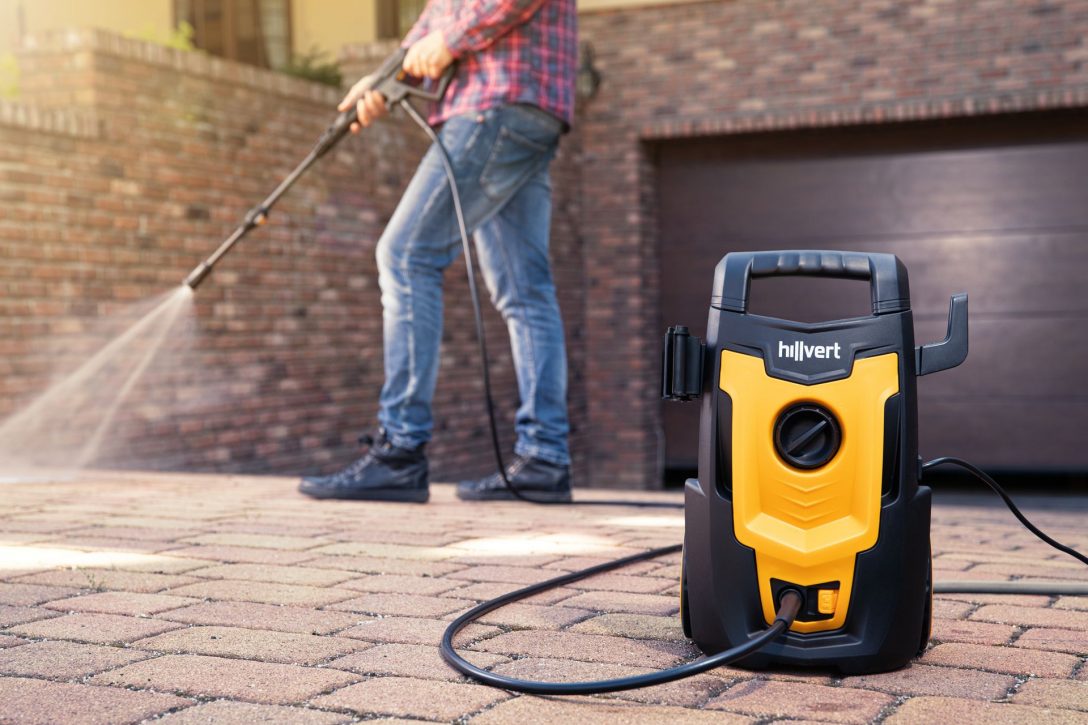
Clean out your planters and pots
Clean out your planters and pots. Remove any dead plants, pull away any debris and carefully clean out the pot. Check it for pests, diseases, weeds or other problems that could affect next year’s crop.
If you have any large pots, be sure to clean up any debris or fallen leaves around it. If your pot has plants in it, and they look healthy, leave them alone until next year.
Make sure your irrigation system is working properly
Next up, check your irrigation system. Make sure the timer is working properly and that the sprinklers are not clogged or leaking. If you have a pump, make sure it’s in good working order as well. Last but not least, take a look at your control valves to make sure they aren’t damaged or broken.
If there are any problems with your irrigation system, now is the time to fix them before planting season begins!
Prune, Trim and Cut
Pruning is the process of cutting away dead branches, leaves and flowers. You will also want to prune and trim trees and shrubs, so they look neat and tidy. You can use pruning shears or loppers to do this job.
Trimming is the process of removing branches that are too long or too thick. A good time to trim your trees is in early spring, when there is new growth on them. If you have evergreen shrubs, you should also trim off any dead branches around this time as well.
Cutting back is the process of cutting off branches that are growing toward the ground instead of upward into the sky (or heaven). The reason for this is that if these branches are left unchecked for too long, they will eventually grow so low that they can reach children who may trip over them!
Create a Planting Plan
Once you’ve cleared out your garden, it’s time to think about what you want to plant. When planning your garden and making a list of what you need to buy, keep in mind that there are many different kinds of plants that can grow well in the same area (e.g., sunflowers and corn). If you have limited space in your backyard, consider selecting only one variety of each type of plant or growing several small beds rather than one large bed so that all plants will get adequate sunlight and space for roots to spread out.
Look forward to spring
Winter is the best time to clean up your garden. It’s also the best time to prepare your garden for spring!
Why? Because you can use those cold winter months to get organized, so that when warmer weather arrives and you start thinking about planting, you have less work than if you waited until springtime.
If you wait until springtime, it will be harder because there may be more weeds in your garden and some of them might even have started growing again!
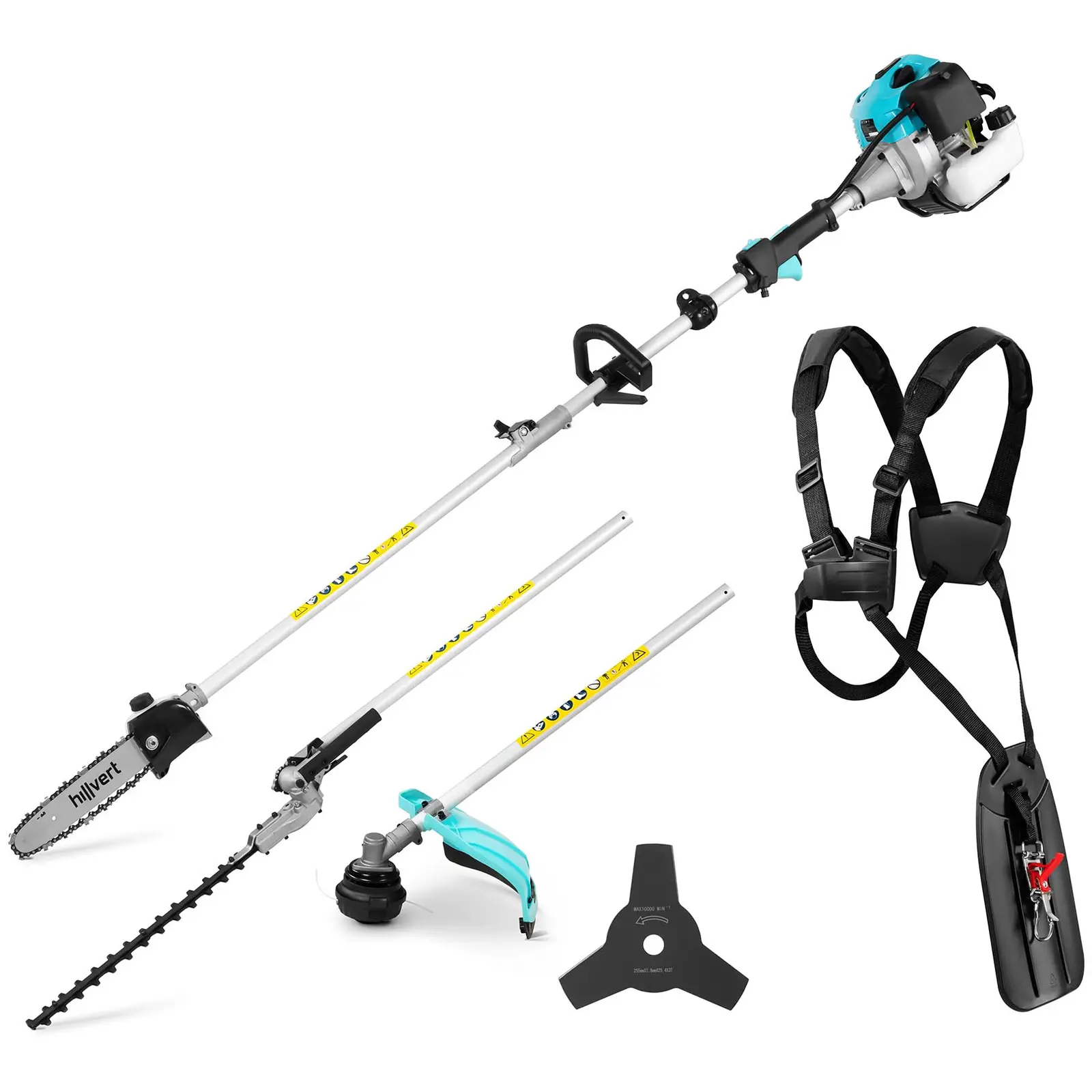
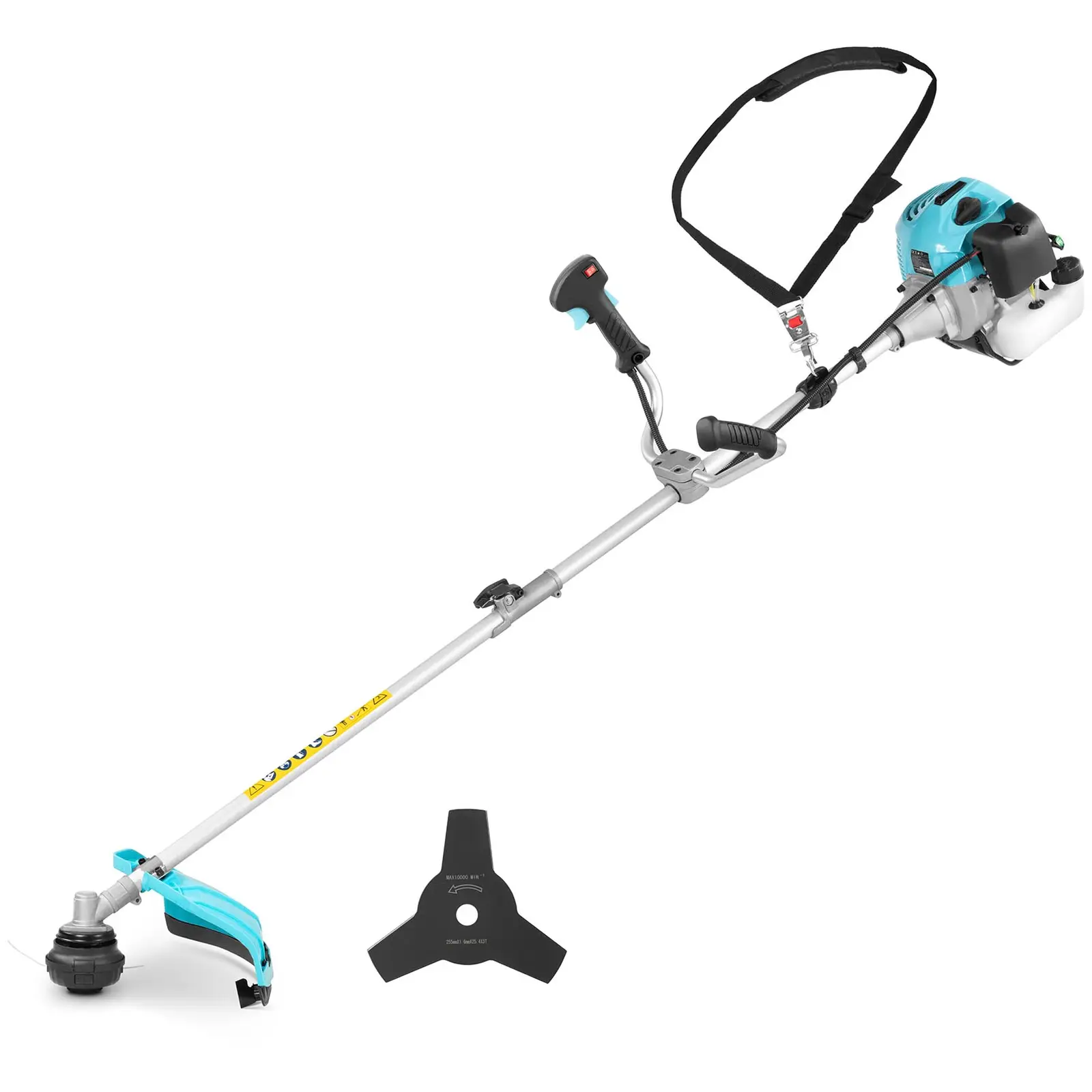


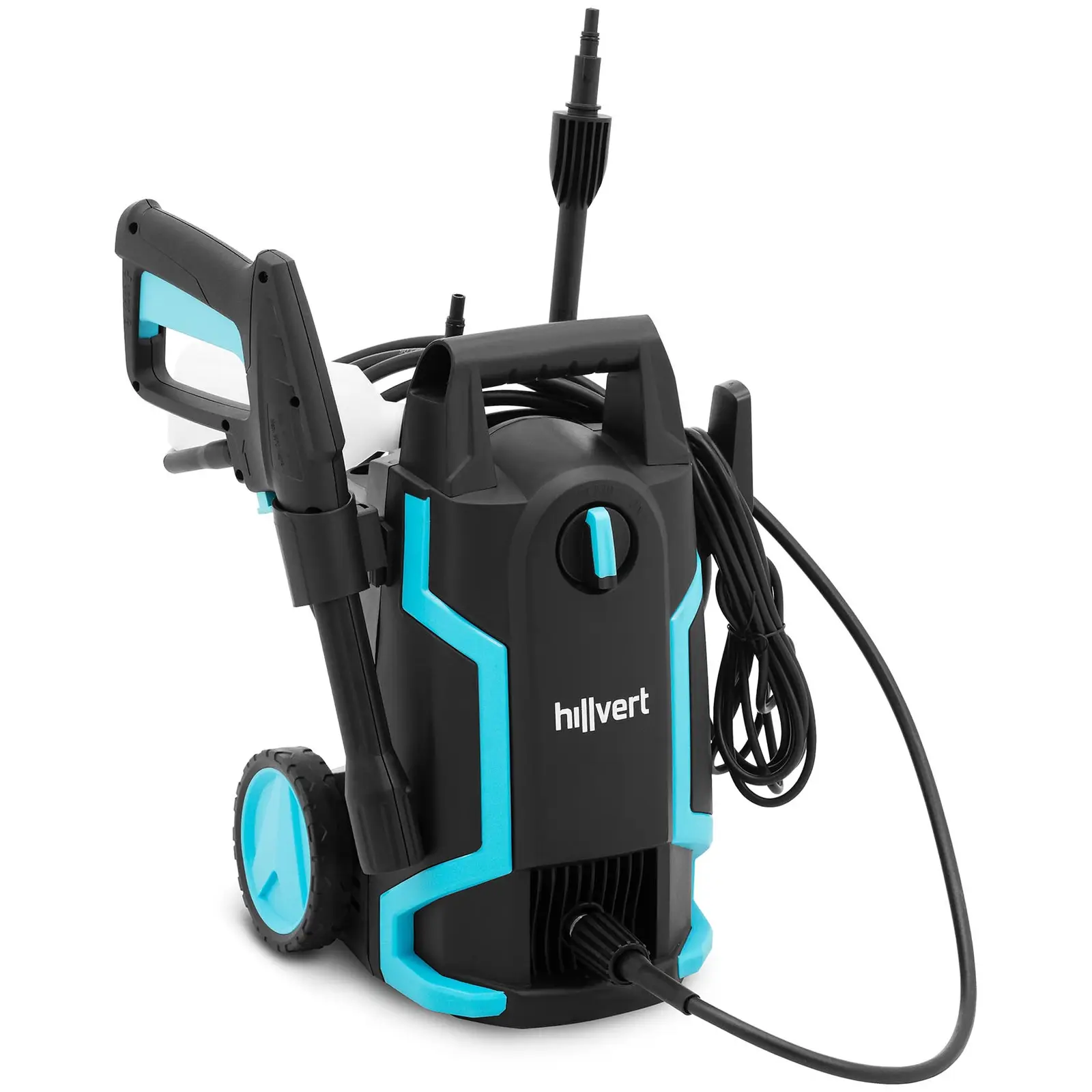
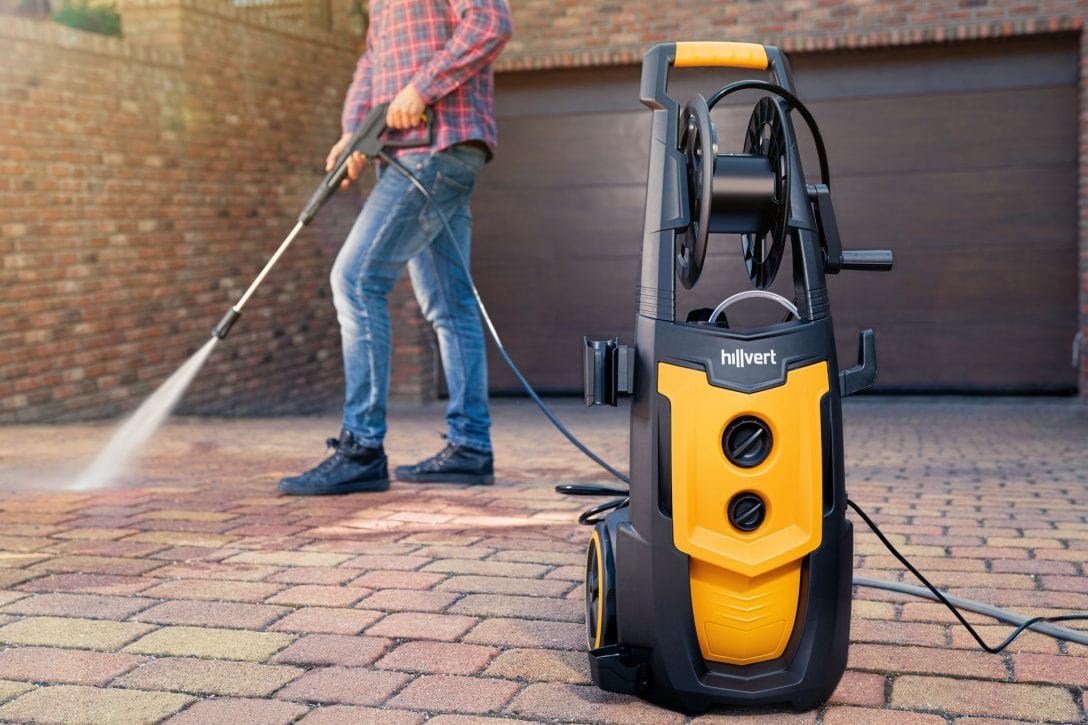
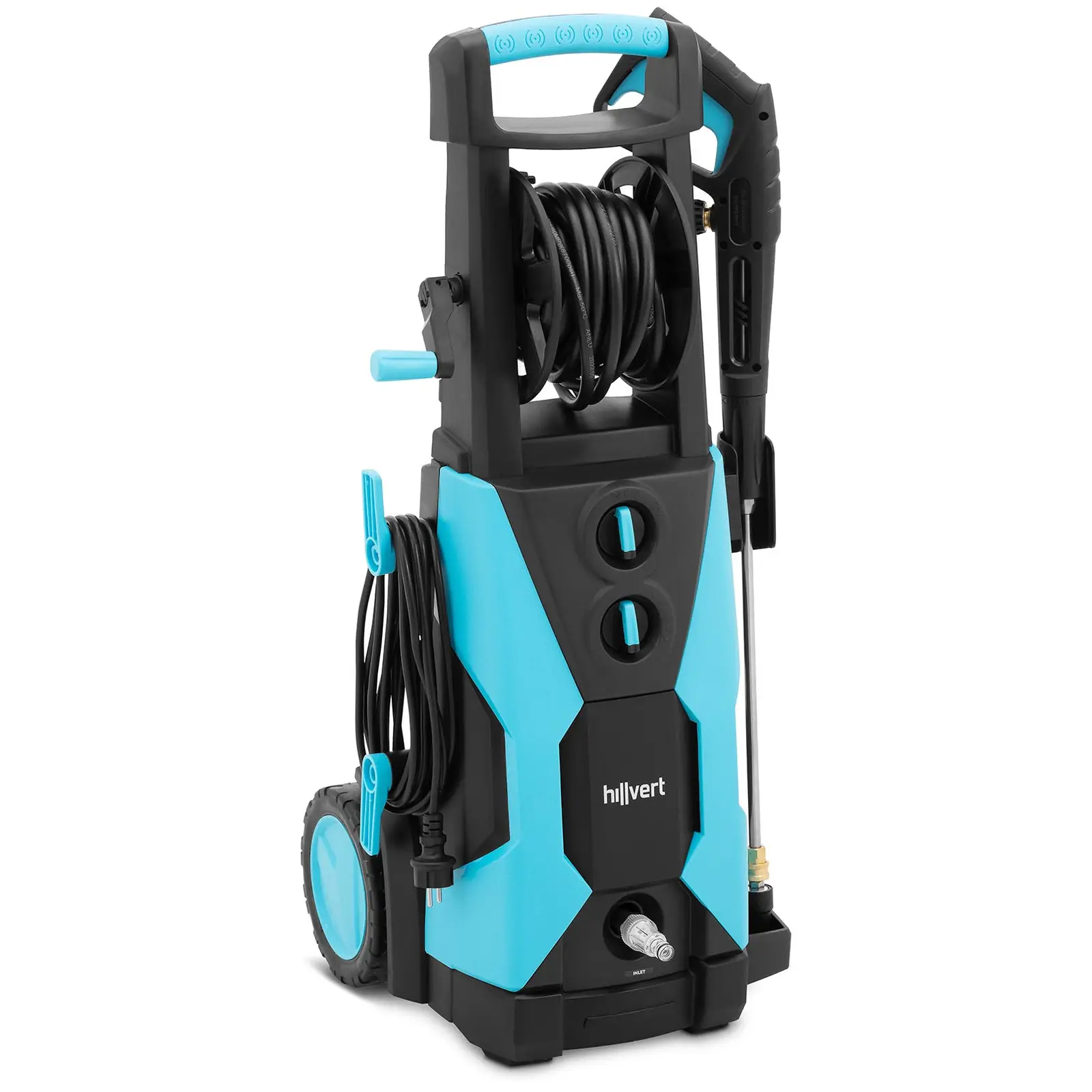
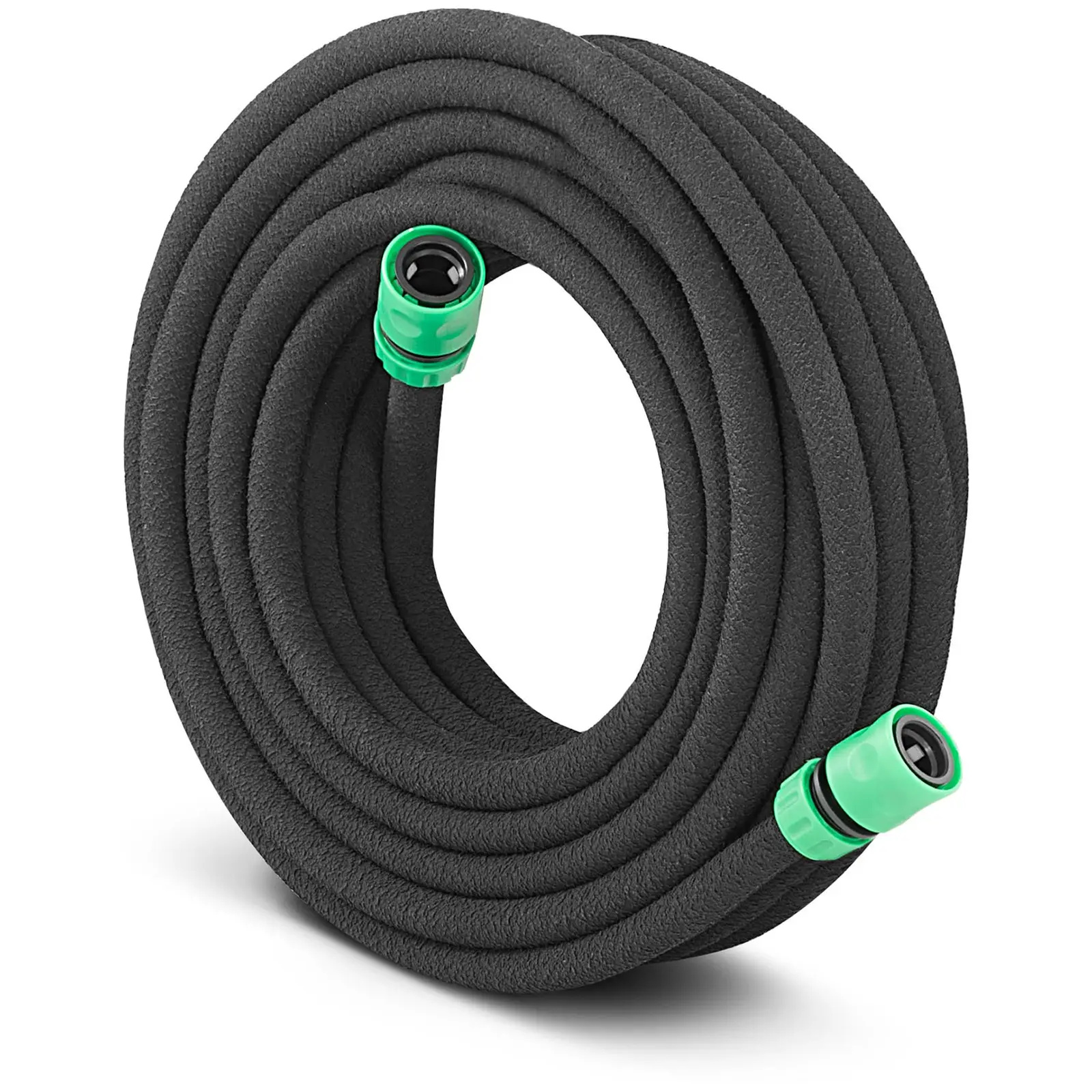

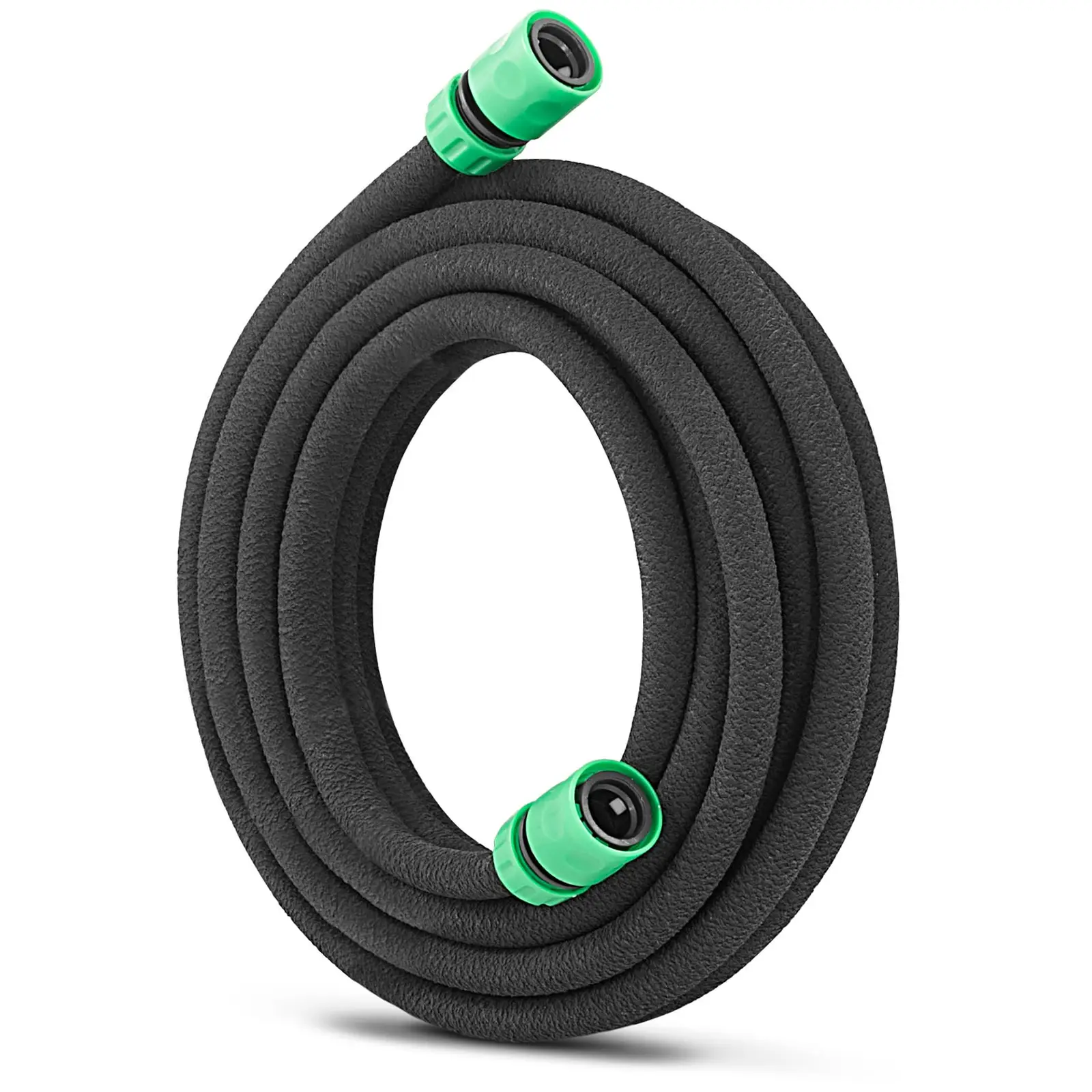
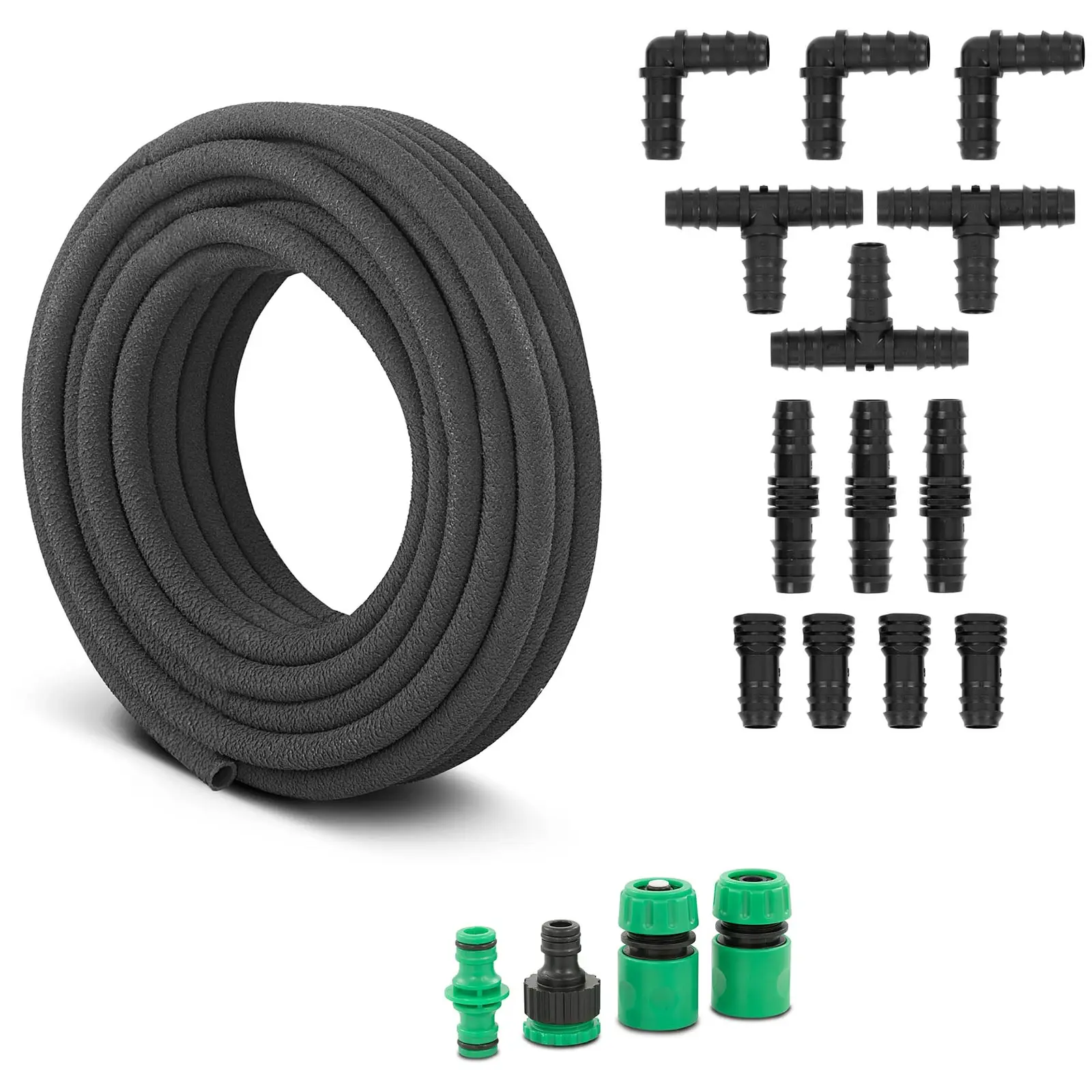




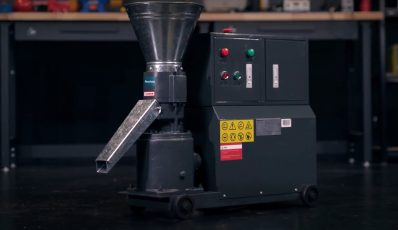

Share